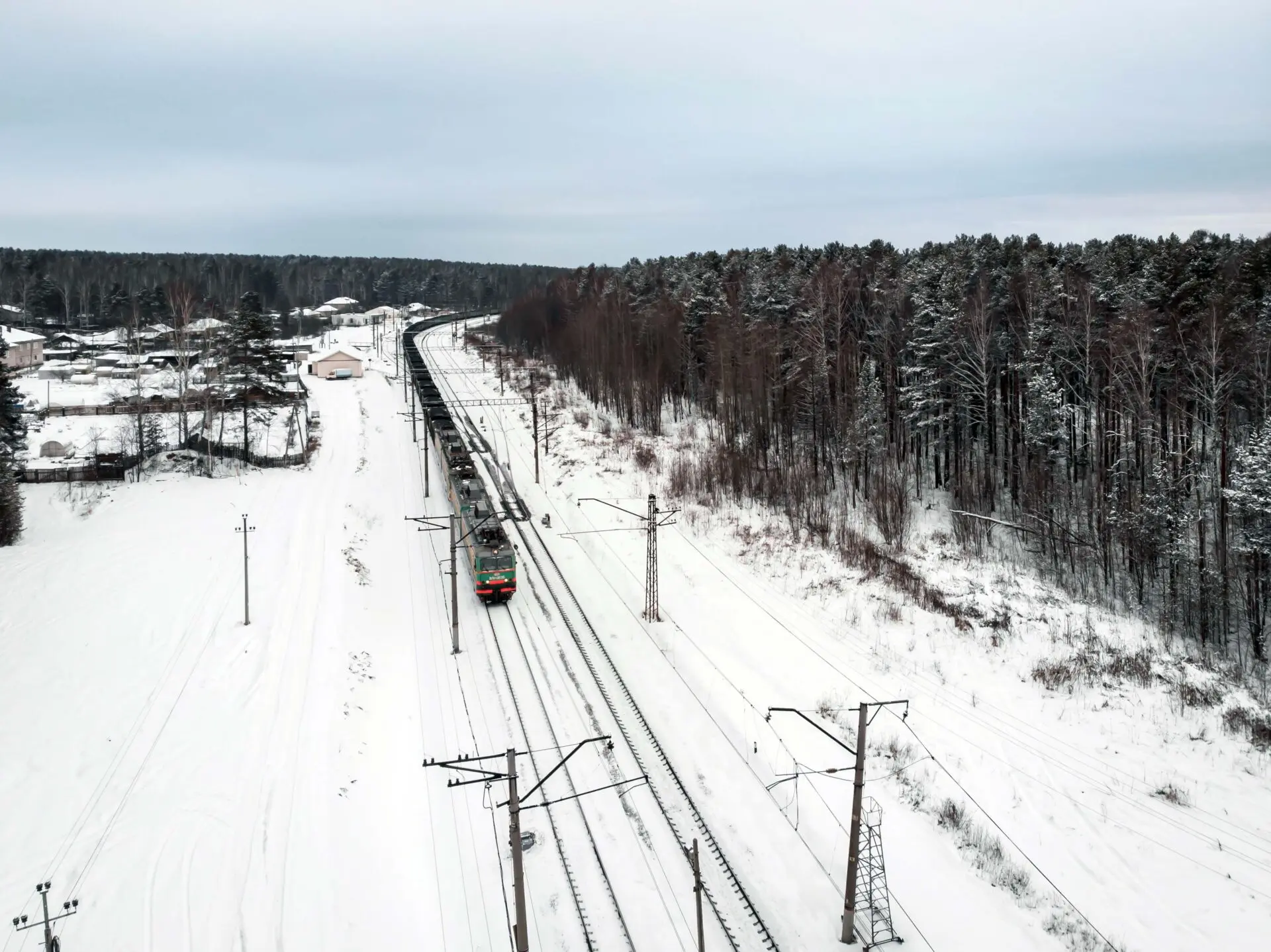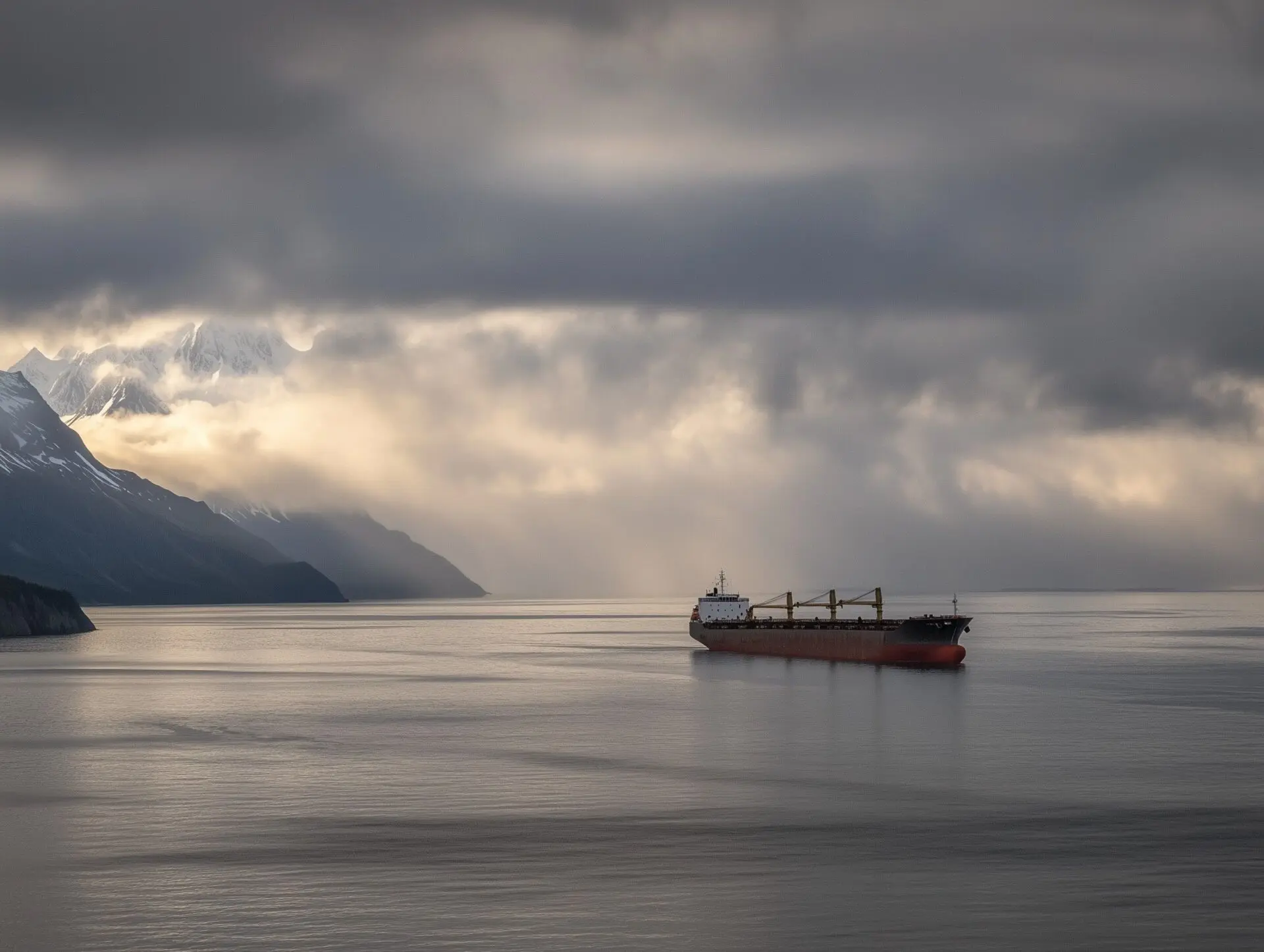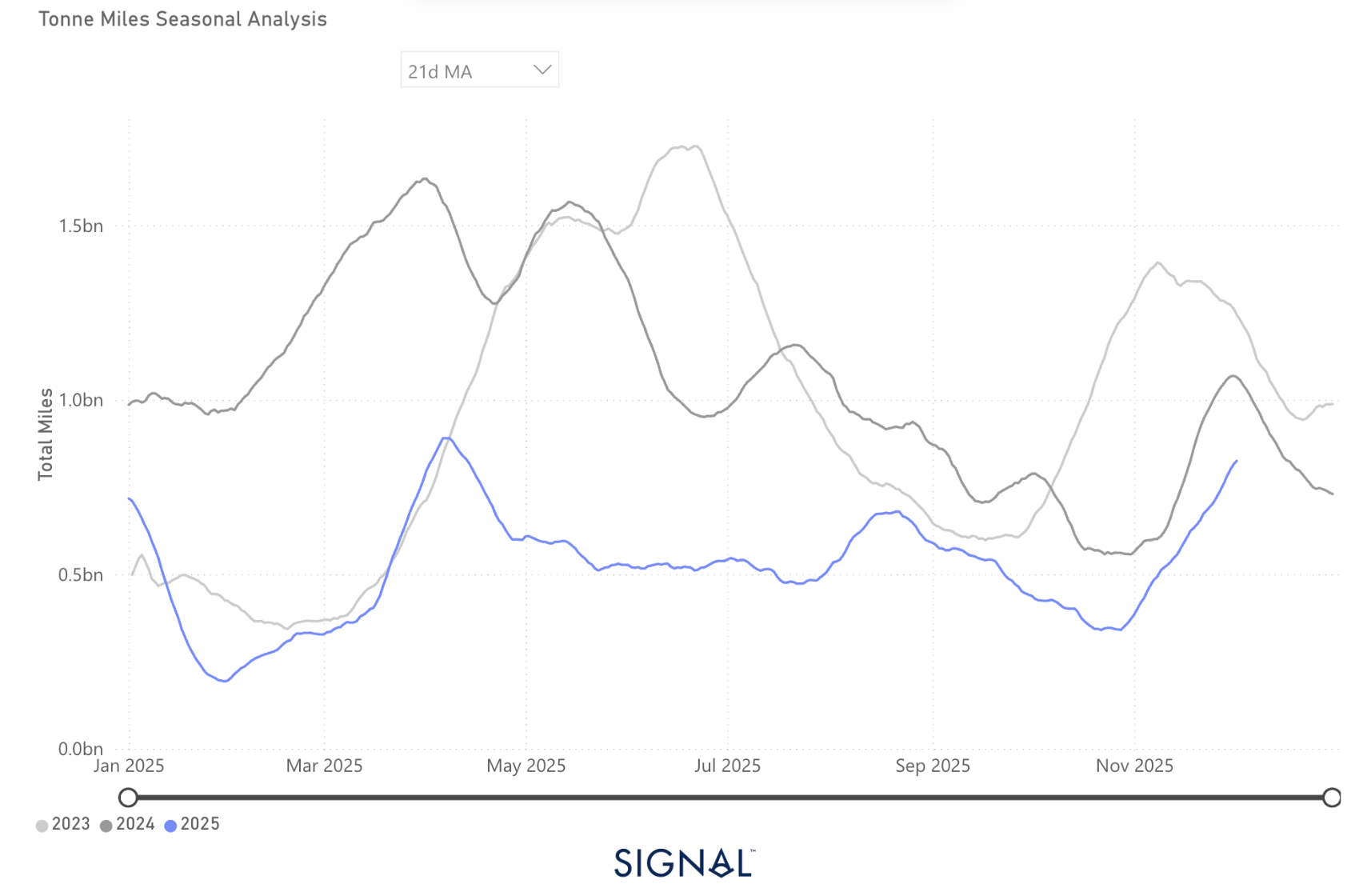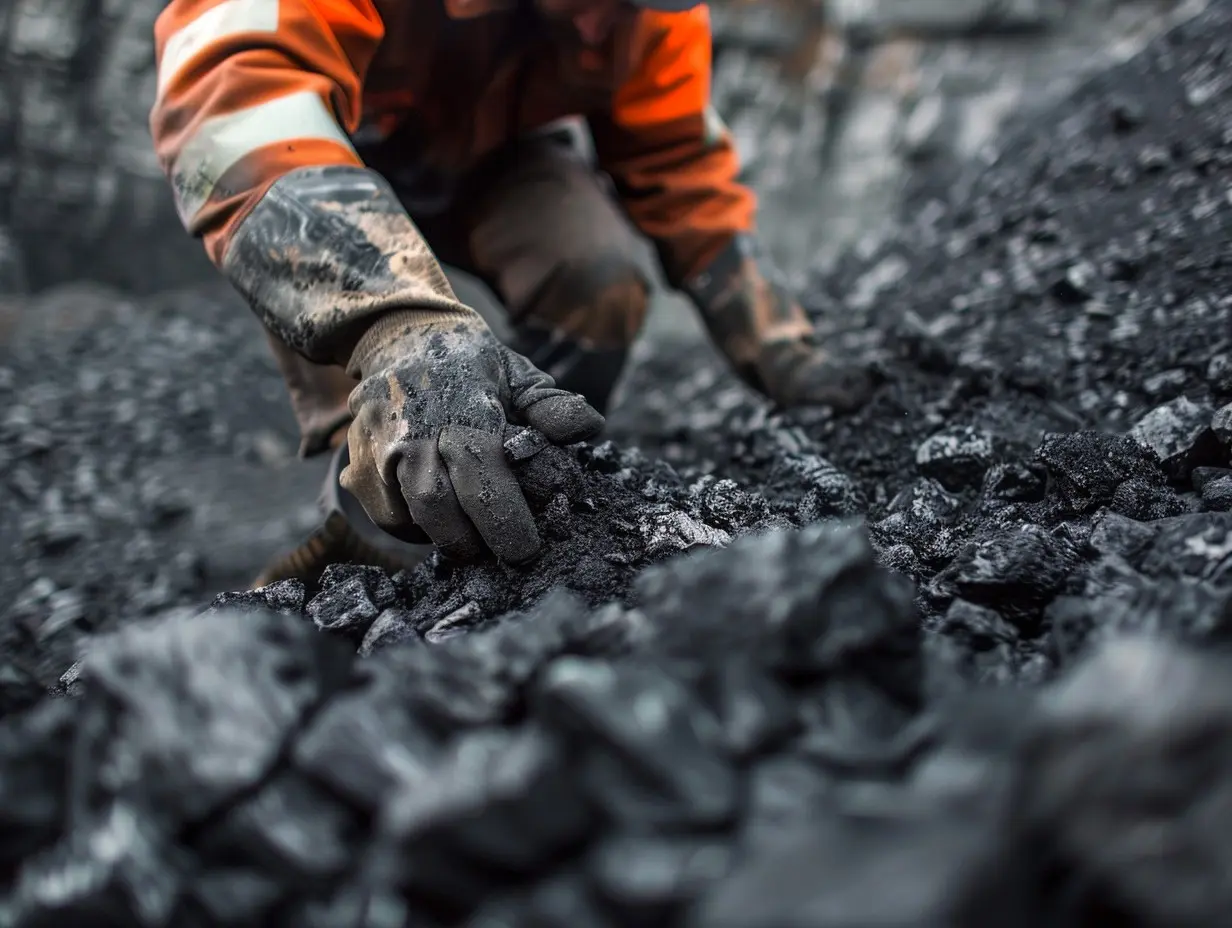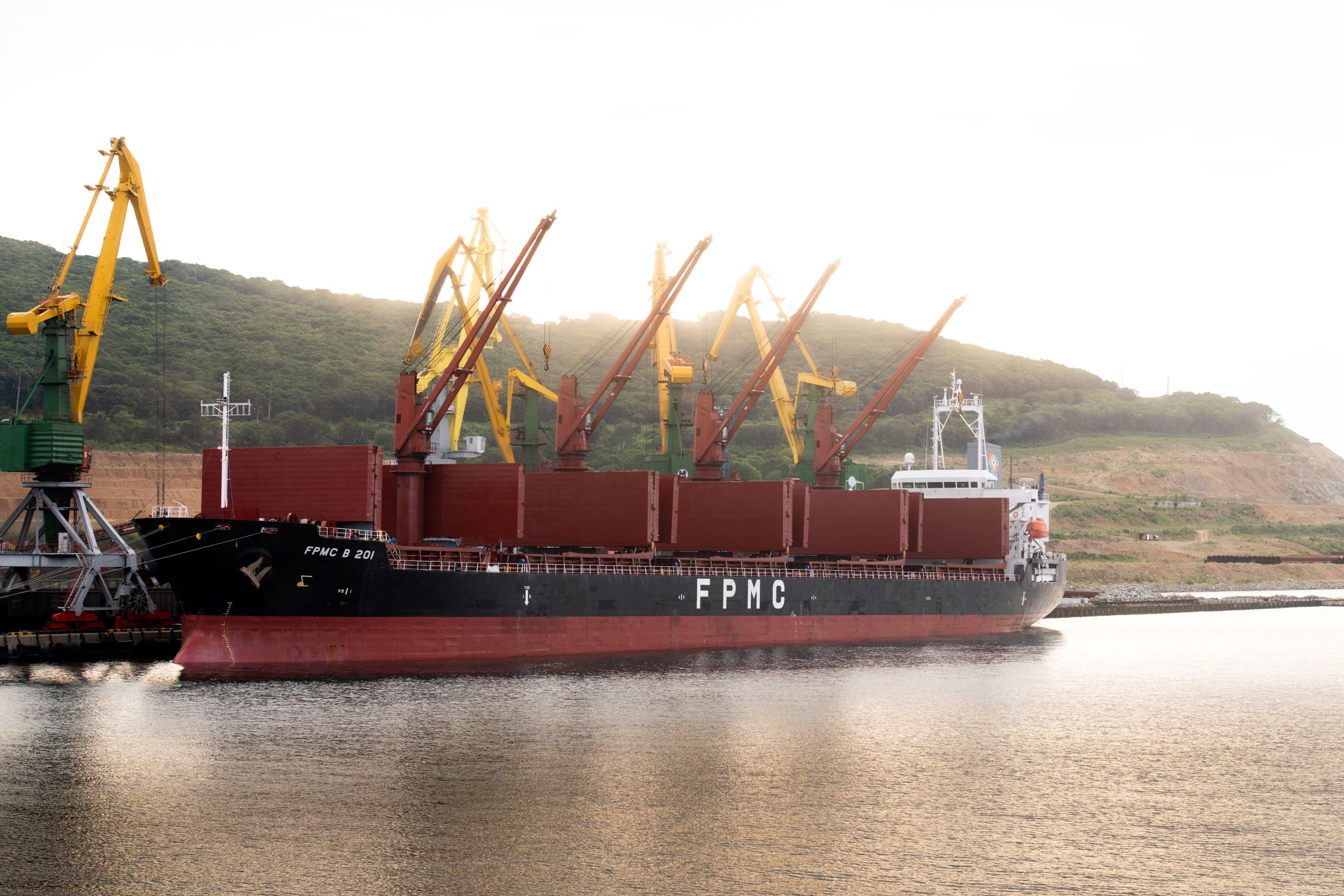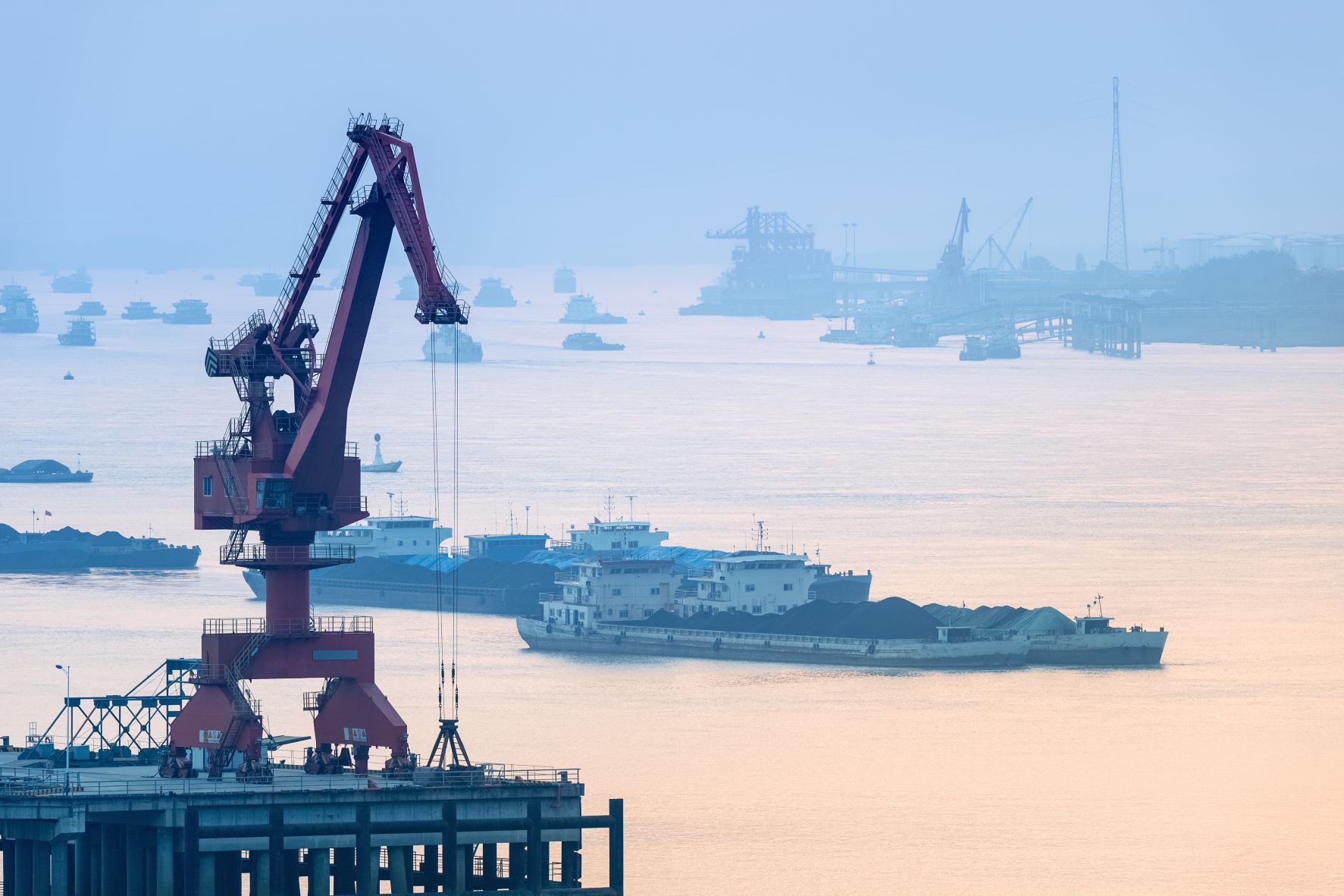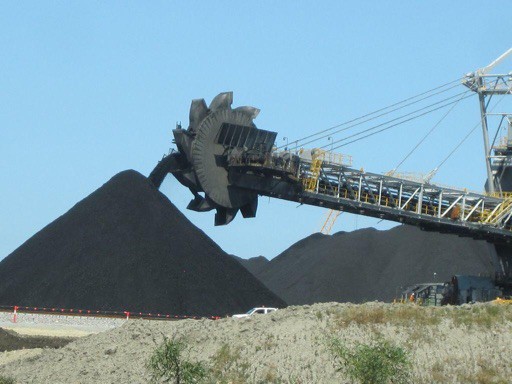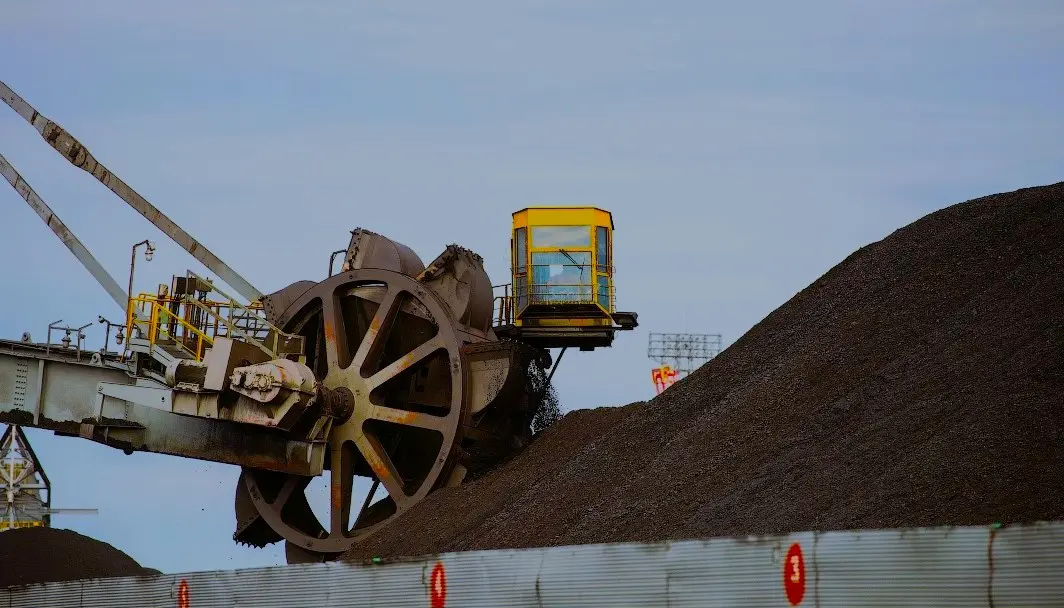
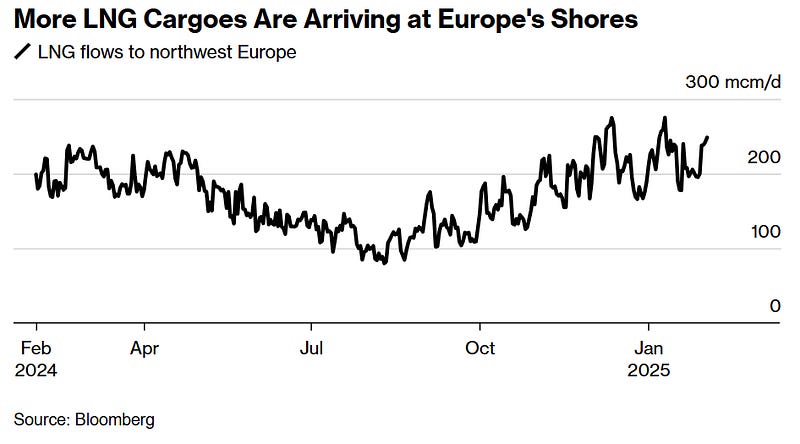
In Europe, cold weather and lower wind generation over the first half of February is causing natural gas prices to rocket higher, with the March TTF contract making large gains again today. Prices are above EUR 58/MWh (>$17/MMBtu) at the time of writing (Monday 10 February)
Gas inventories are down around the 50% mark, so storage refill is going to be challenging in 2025. LNG imports to the continent are rising (see chart), but gas prices in Europe will have to remain high to keep that LNG from heading to Asia.
I had been bullish on natural gas pricing in Europe, so I’ll take a victory lap on that. However, the second part of my thesis – that gas prices will pull API2 prices modestly higher – isn’t playing out yet. API2 prices declined over the last week, to around the US$105/mt mark.
Coal-fired generation in Germany didn’t increase in January even though coal plants were in-the-money, likely because the stock of remaining coal plants is lower and relatively inflexible -several GW of coal plants retired last year.
Uniper announced that its Datteln 4 coal-fired unit came back online 5 February due to cold weather, but the company said that the additional coal burn would come from plant stockpiles, so it won’t help much in bringing down stockpiles at ARA.
However, coal stockpiles at ARA have dipped recently by around 300,000 mt since the start of January and are sitting at 3.44 million mt currently, according to Argus.
The spread between API2 and Newcastle high-cv prices has evaporated since the start of 2025.
Prices for the two grades are now just about in line with one another, which is rare. The first-quarter spread betweenAPI2 and NEWC is historically around US$19/mt. Without a spread between the two pricing points, coal won’t move from Atlantic to Pacific Basin (as it had at times in 2024).
That should support NEWC prices, but may delay a rise in API2 prices.
The Chinese New Year lasts through 16 February and thermal coal markets are in wait-and-see mode, but Newcastle contracts are now definitely oversold.
India’s recent announcement of a 10% increase in fiscal spending to support steel, cement and real estate is keeping a floor under South African coal prices, although the impact is expected to be muted.
Richards Bay high-cv coal prices continue to find resistance at US$100/mt for Feb and March contracts.
Source: Joe Aldina, THE COAL TRADER

